I am not getting sick.
I am not getting sick.
I am not getting sick.
I hope.
As I lay here half puny, half slug-a-bed, I feel the need to be amused by great British television. The program I selected, Blackadder the Third, put me in mind of a diverting term for this week, and also provided a few graphic illustrations. The term is an oldie-but-a-goodie prank still around today. The illustrations aren’t necessarily germane to the Word of the Week, but they are period-ish.
Apple-Pye Bed (noun)
A bed made apple-pye fashion, like what is called a turnover apple-pye, where the sheets are so doubled as to prevent any one from getting at his length between them: a common trick played by frolicsome country lasses on their sweethearts, male relations, or visitors.
Just for chuckles and, again, because it’s barely apropos to the Word of the Week posts yet still entertaining, may I present a clip from the Blackadder the Third episode “Ink and Incapability,” followed by the episode in its entirety for those who have extra time on their hands. What could be more fitting to share on a blog about words than an episode of Rowan Atkinson, Hugh Laurie, and Robbie Coltrane – Blackadder, Prince George, and Samuel Johnson – scheming about just that: words.
For your delectation.
- Slang term taken from the 1811 Dictionary of the Vulgar Tongue.
- Head over to Dormeo to learn How to Make an Apple-Pie Bed if you need a refresher in the fine art of short-sheeting.

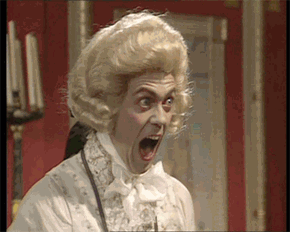
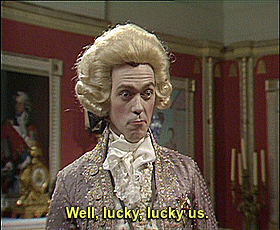
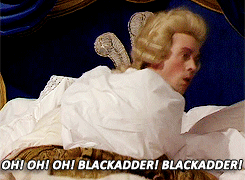
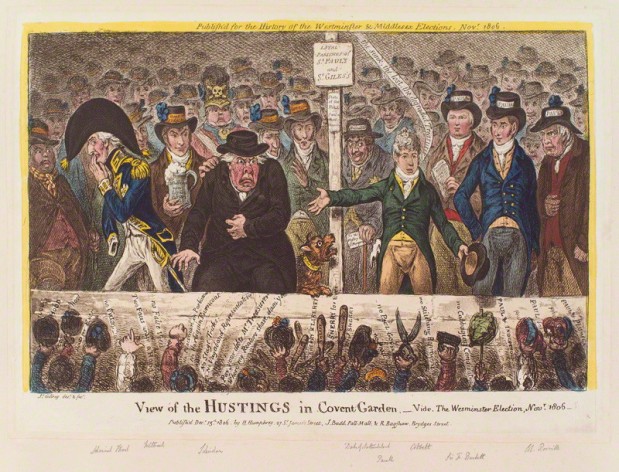
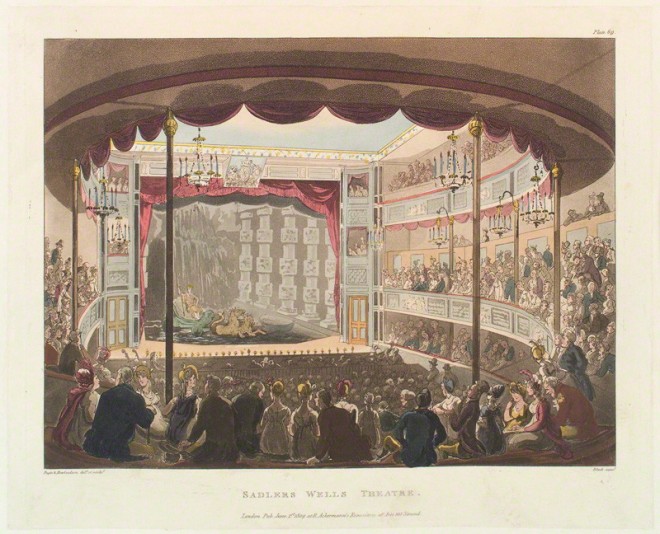
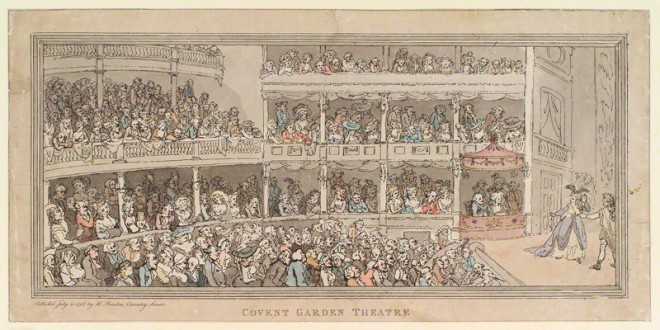
You must be logged in to post a comment.